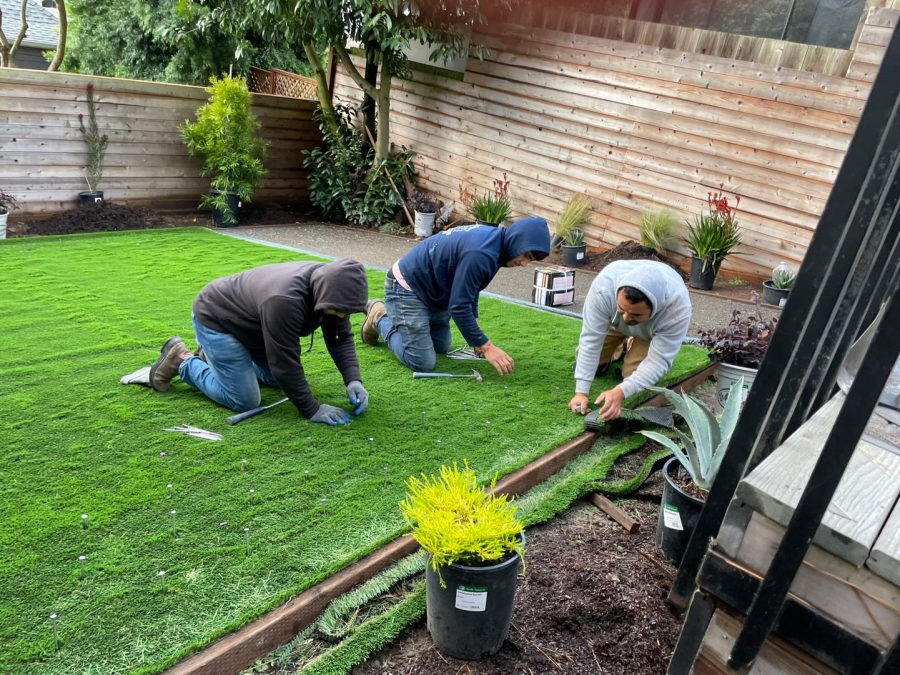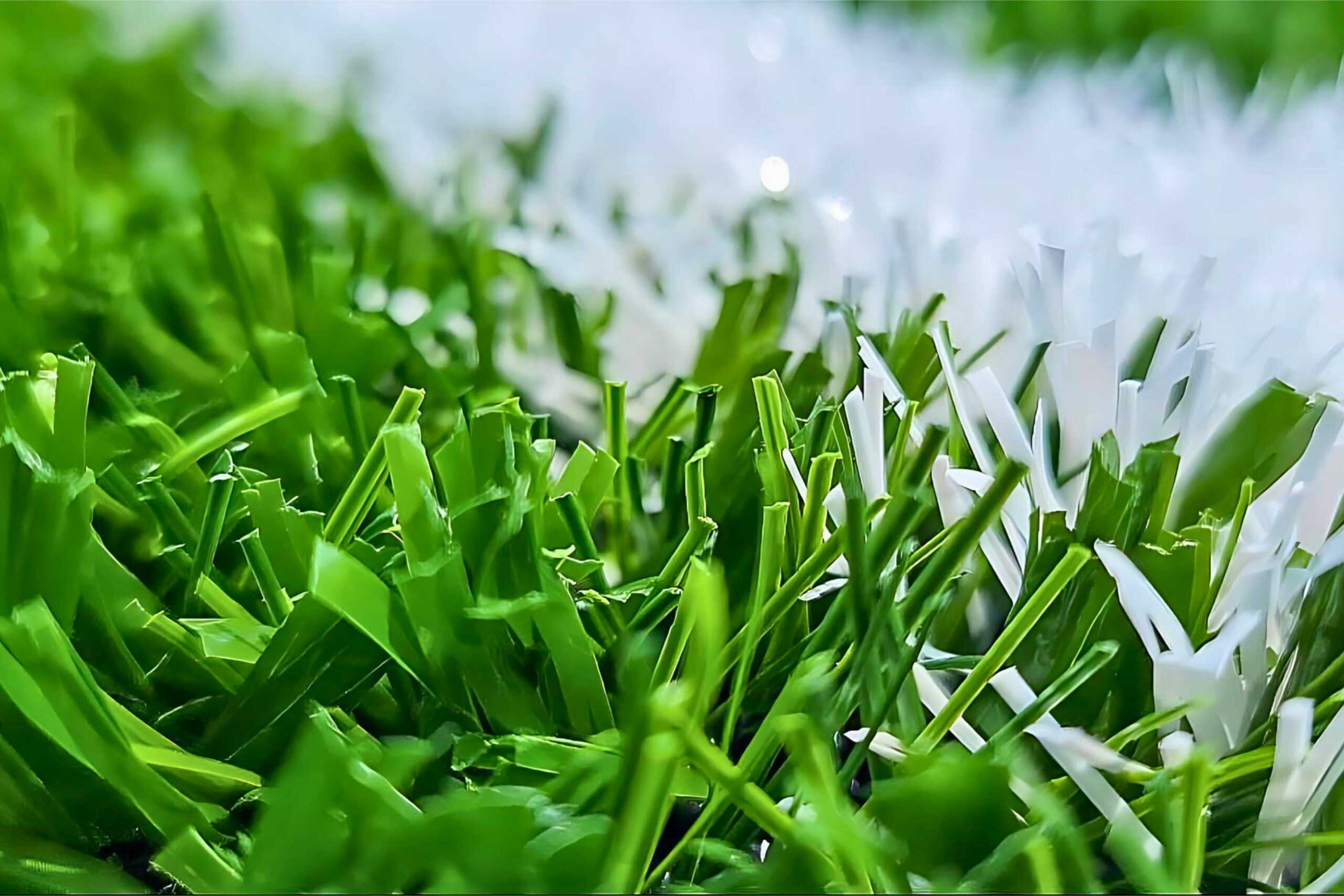Look Into the Environmental Conveniences of Opting for Synthetic Grass Solutions
The fostering of synthetic grass remedies presents an engaging opportunity to deal with pressing environmental obstacles. By considerably minimizing water use and decreasing the application of damaging chemicals, these alternatives not only advertise sustainable landscaping yet likewise secure neighborhood communities.
Water Conservation Benefits
One of the most substantial advantages of fabricated grass is its capability to conserve water. In comparison, synthetic lawn does not need watering, considerably lowering the overall demand for water resources.
By removing the requirement for routine watering, synthetic grass adds to sustainable landscape methods and helps alleviate the environmental effect of too much water usage. The preservation of water extends to the reduction of drainage, which can lead to soil erosion and waterway pollution.
In addition, the setup of man-made turf allows homeowners and municipalities to designate water resources more efficiently, concentrating on vital usages such as drinking water and agriculture. The change in the direction of synthetic grass not just advertises accountable water usage yet additionally straightens with wider ecological objectives intended at maintaining all-natural sources.
As areas significantly focus on sustainability, the water preservation benefits of synthetic grass offer an engaging instance for its fostering in commercial and domestic landscaping tasks.
Minimized Chemical Usage
The shift to synthetic turf significantly lowers the dependence on chemical therapies typically utilized in natural yard upkeep. Conventional turf management generally involves the application of plant foods, herbicides, and pesticides to promote growth and control insects. These chemicals can pose risks to human wellness, regional wild animals, and the setting, adding to soil and water contamination.
In comparison, synthetic grass eliminates the demand for these damaging materials. As soon as set up, it calls for very little maintenance, mostly including normal cleaning and irregular infill replenishment. This reduction in chemical use not only benefits the instant atmosphere but likewise adds to wider ecological security. By decreasing the release of artificial compounds right into the ecosystem, synthetic turf advertises much healthier soil and water systems.
In addition, the absence of chemical overflow connected with synthetic grass installments aids protect local waterways from air pollution, sustaining marine life and keeping biodiversity. Phoenix turf companies. As areas increasingly focus on lasting practices, going with synthetic grass presents a feasible remedy that straightens with ecological conservation objectives. Via this change, homeowner can enjoy rich eco-friendly areas without endangering eco-friendly wellness, leading the way for a more lasting future
Reduced Carbon Footprint

Moreover, the installation of synthetic grass can result in substantial water preservation. All-natural lawns need significant quantities of water for irrigation, which not only includes to the carbon footprint connected with water removal and therapy yet also pressures regional water sources. In comparison, synthetic grass requires marginal upkeep, calling for no watering, thus dramatically reducing water usage and its connected power prices.
Additionally, the longevity of synthetic grass contributes to its reduced carbon impact. With a life expectancy of up to 15 years or more, the requirement for constant replacements is lessened, leading to less waste and lower energy usage in manufacturing and taking care of traditional turf options. Generally, synthetic grass offers a lasting alternative for ecologically mindful landscaping.
Habitat Preservation
Habitat conservation is an essential consideration in the debate over landscape design selections, especially when comparing synthetic turf to all-natural lawn. Natural turf lawns frequently require considerable upkeep, consisting of using herbicides, plant foods, and pesticides, which can adversely impact neighborhood environments. These chemicals can leach right into the dirt and waterways, damaging native vegetation and animals and disrupting neighborhood habitats.
Fabricated lawn eliminates useful link the requirement for harmful chemicals, thus safeguarding close-by wild animals and preserving the stability of surrounding environments. The setup of man-made grass can lead to the conversion of previous turf areas into more biodiverse landscapes, such as pollinator gardens or native plant locations, which can sustain neighborhood wild animals.
Inevitably, the shift to man-made lawn not just saves water and decreases maintenance efforts but also cultivates an extra unified connection between human activities and the natural surroundings, advertising habitat preservation at the same time.
Long-Term Sustainability
Lasting sustainability is an important consider evaluating the benefits of man-made turf over standard lawn lawns. Among one of the most considerable benefits of fabricated grass is its toughness; it can last up to 15-20 years with marginal maintenance, whereas all-natural lawn needs frequent reseeding and substitute. This longevity reduces the demand for continuous resources, such as water, plant foods, and chemicals, which are important for preserving a healthy yard yard.
Additionally, fabricated grass adds to a decrease in carbon exhausts connected with grass care devices. Conventional grass typically require gas-powered lawn mowers, trimmers, and blowers, every one of which add to air pollution. Arizona artificial turf. On the other hand, synthetic grass removes the demand for such equipment, promoting a cleaner setting
Furthermore, the manufacturing of artificial grass significantly utilizes recycled products, boosting its sustainability account. As manufacturers embrace environmentally friendly methods, the ecological impact of fabricated turf continues to reduce.

Conclusion
The adoption of synthetic grass options provides substantial ecological benefits, consisting of significant water preservation, minimized dependence on unsafe chemicals, and a reduced carbon impact. In addition, artificial turf aids in maintaining all-natural environments read here by decreasing land disruption and advertising long-lasting sustainability through the use of resilient materials. Jointly, these variables emphasize the capacity of synthetic grass to contribute favorably to environmental health and wellness and use a feasible choice to typical landscaping techniques in an increasingly resource-conscious globe.
In contrast, man-made grass does not need watering, dramatically minimizing the overall need for water sources. By minimizing the launch of synthetic substances into the ecosystem, man-made turf advertises healthier dirt and water systems.
Additionally, the installment of synthetic lawn can result in considerable water conservation. In comparison, artificial grass requires minimal upkeep, requiring no watering, consequently considerably lowering water usage and its linked energy expenses.
